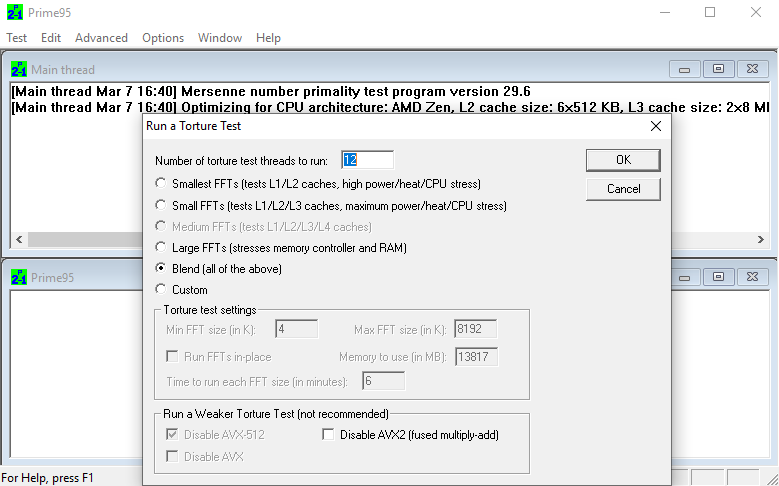Ok, pump to rad, to ram, to cpu, to gpu, to res. That's fine, flow direction doesn't really make a difference after a few seconds, it all equalizes.
There's a few things you do have to look for though, and thats flow i/o. Check the manuals on cpu/gpu blocks, make absolutely certain they are correct as far as inputs and outputs go, run the coolant backwards or get the jetplates oriented wrong and that component gets next to useless.
Even at 64mm thick, a 2080 + 9900k is a lot of wattage, bordering 500w± and thats a lot for any single rad, especially with rgb fans that aren't exactly built for rads in the first place. You'll be needing to max out rpm pretty much most of the time.
Looks great though.
Games don't use much (if any) AVX technology, that's a set of more specialized instructions used mainly by game developers, CC etc. It's not a weaker test to run without it, it's a more realistic test, as AVX will drive a cpu upto @ 130% ish output in thermal watts, not good on a 9900k that can already hit 250w ish. For a more accurate test of 100% cpu load in a gaming environment, use the small fft torture test and disable all 3 AVX.
Apart from checking the i/o ports directions, I don't see anything really wrong, or might have done wrong, I'm thinking you just have more thermal output than a single 360 can handle at that load.
Oh, and AS5 isn't all that great for thermal paste, it's pretty mediocre overall, just about in the middle of the bunch. I'm not a fan of it with liquid cooling because it will dry out after @ 200 heat cycles (which is not an issue unto itself) but can create issues during yearly maintenance if the dryseal is broken. Think silicon on your bathtub, sticks forever even when dry, but break that seal and it never sticks again. Same deal. So be prepared to reapply yearly.





